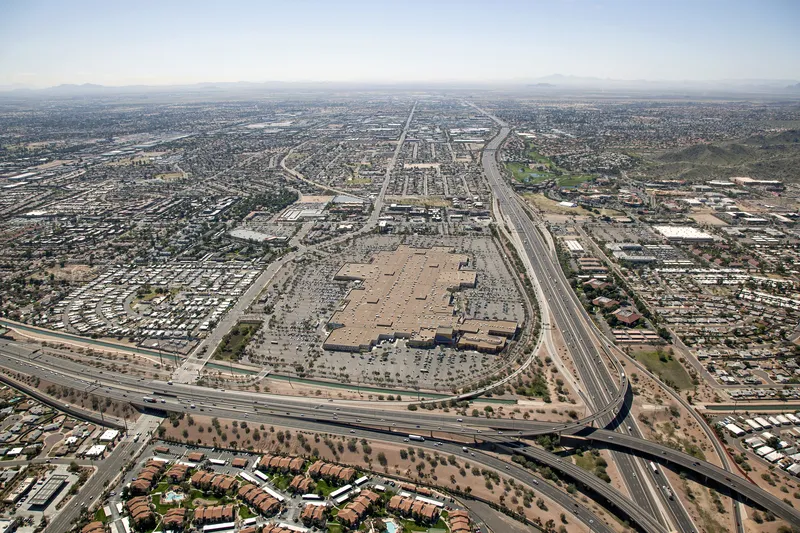The
Iteris has led the development and evolution of National ITS Architecture for over 20 years, and initiated the CVRIA in 2012. Combining the two architectures into ARC-IT will streamline the vehicle to infrastructure communications guidelines as transportation use changes become more prevalent. Having a reliable framework can also streamline funding, leading to repeatable deployments.
The CVRIA website will remain online through the life of the USDOT’s Connected Vehicle pilots, to serve as a reference for those projects. The architecture team next will be offering a pair of public workshops, where users can explore ARC-IT and its updated software tools (RAD-IT, SET-IT) in detail.
USDOT releases Iteris-led Architecture Reference for Cooperative and Intelligent Transportation
The US Department of Transportation’s (USDOT) Intelligent Transportation Systems (ITS) Joint Program Office has released the Iteris-led updated version of the ITS National Reference Architecture that fully incorporates the connected vehicle capabilities from the Connected Vehicle Reference Implementation Architecture (CVRIA) into the Architecture Reference for Cooperative and Intelligent Transportation (ARC-IT).
July 14, 2017
Read time: 2 mins










